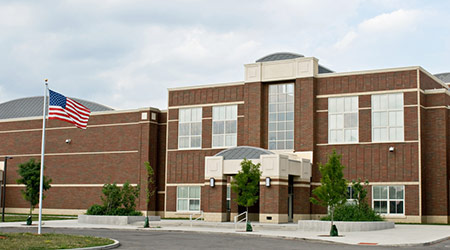
Globally, one in eight individuals sets foot in a school every day, according to reports from the U.S. Green Building Council. And the U.S. Environmental Protection Agency estimated in a 2011 report that more than 46 percent of public schools have environmental conditions that contribute to poor indoor environmental quality.
These educational facilities directly affect student learning, student and staff health and school finances. But, according to USGBCs Center for Green Schools, a well-designed facility has proven to have dramatic effects on measurable academic outcomes, as well as health indicators among faculty and students alike.
The LEED certification process is designed to inspire project teams to seek innovative solutions that are better for our environment and our communities. In fact, a green school is successful in achieving three major goals:
1. Minimized environmental impact
2. Improved occupant health
3. Environmental and sustainability literacy for all graduates
The Center for Green Schools at USGBC believes that everyone, from the kindergartener entering the classroom to the PhD student researching in a lab, should have the opportunity to attend schools that sustain the world they live in, enhance their health and well-being and prepare them for 21st century careers. The Center assists schools and school districts who want to help students succeed while supporting student health and the health of the planet.
For more information on how to improve the indoor environment within schools, and to access and download a schools information sheet, click here.

 The Down and Dirty on Cleaning in Virus Season
The Down and Dirty on Cleaning in Virus Season How Surfactant Use is Expanding in Commercial Cleaning
How Surfactant Use is Expanding in Commercial Cleaning Clean Buildings Conference
Clean Buildings Conference